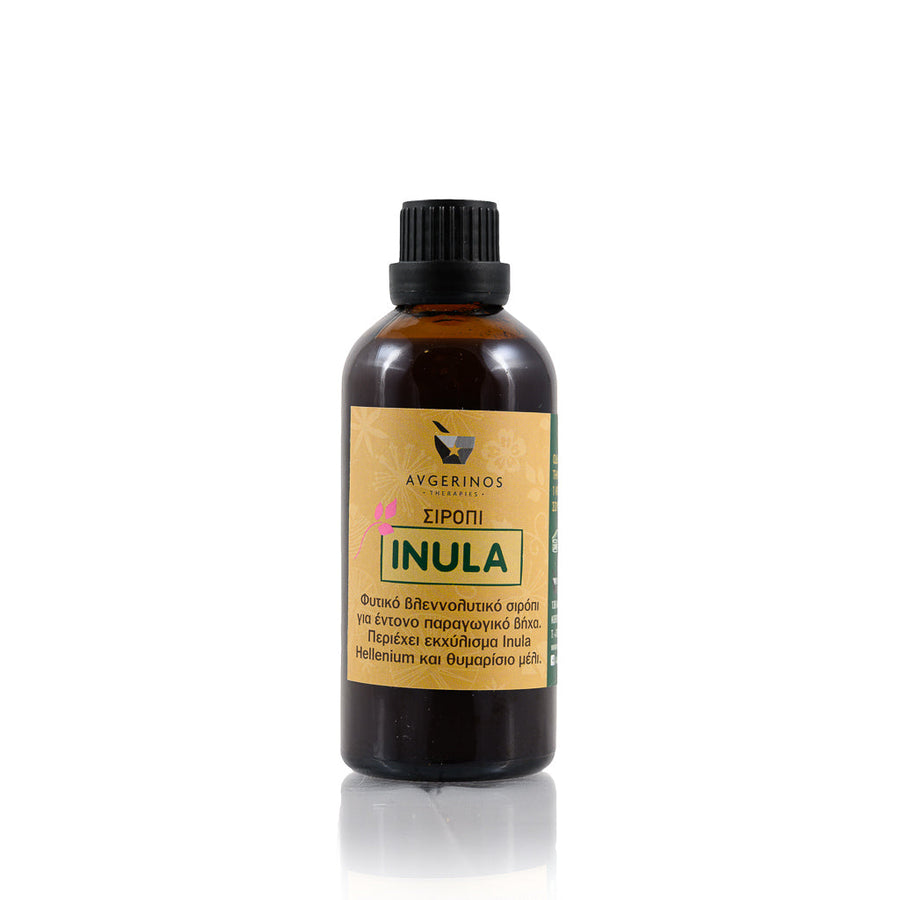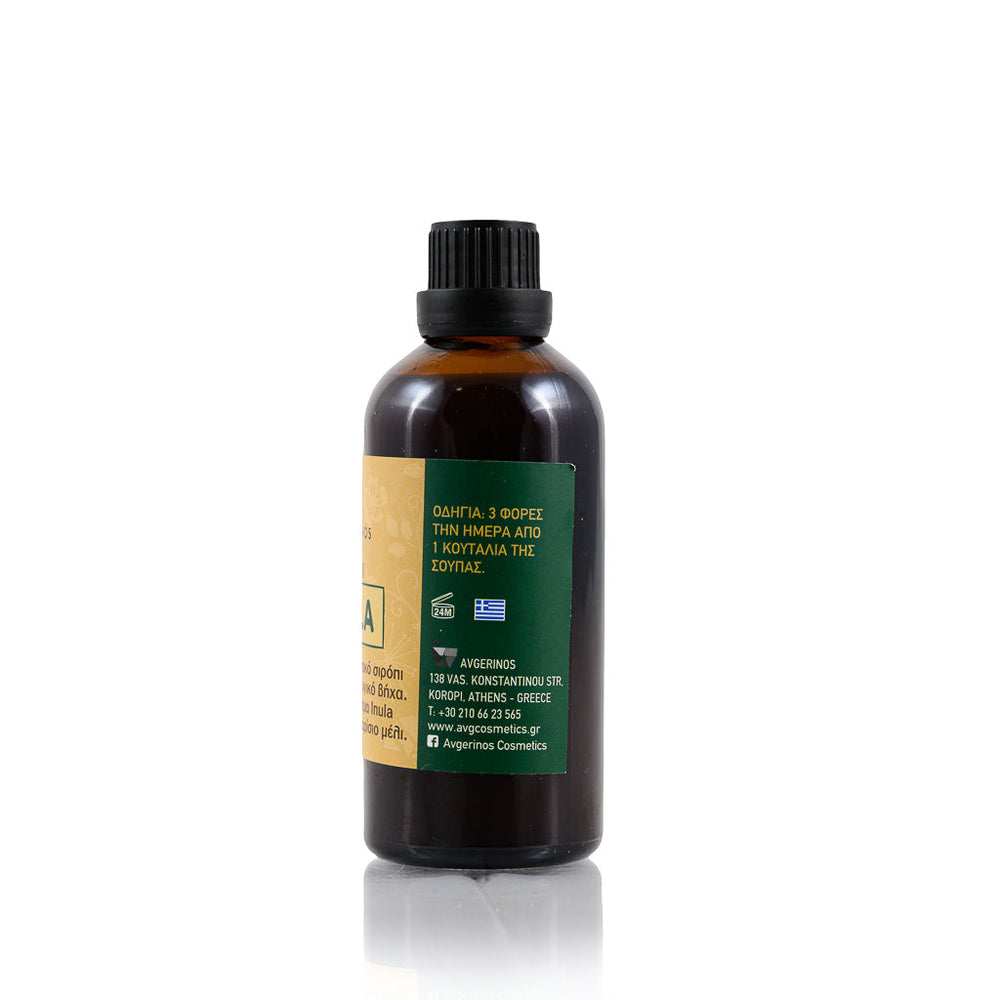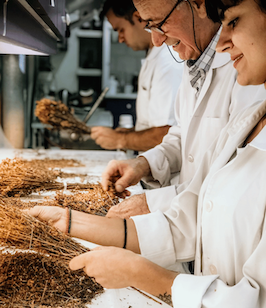The 5 Pitta Subsidiary
nature interacts with the human body through the element of water and
fire, then the pitta dosha energy is created.
Pitta Dosha = Fire + Water
The discovery of fire could be said to be the
greatest achievement of our ancestors and no other discovery or
No event in the history of humanity has brought so many rapid and
transformative changes in human life.
What would our lives be like without fire? Fire has been associated with
sun and with every form of energy and within the body it acts in the form of
pitta.
Its main location in the body is in the small intestine and the primary
its role is the metabolic process, the temperature balance of the
body and energy production. In addition to this, it strengthens the intellect,
helps us understand and process everyday impressions
which take the form of thoughts and to "digest" life's experiences.
The qualities of pitta are: hot, penetrating, light, oily,
liquid, kinetic.
Because pitta is active in 5 main points of the body, it is divided into 5 subdoshas which are:
- Sandaka pitta – head, heart
- Alochaka pitta – Eyes
- Bhrajaka pitta – Skin
- Ranjaka pitta – Liver, spleen
- Pachaka pitta – Stomach, duodenum
SANDAKA PITTA = The fire of discrimination
Sandaka pitta moves in the head and heart and is associated with
processing of emotions, experiences and stress. Activates
our decisions and their fulfillment. It guides discrimination and
cultivating talents, as well as achieving goals.
Emotionally, it offers the necessary strength and zest for life.
It moves on the brain-heart axis and is the energy that coordinates
the word with emotions.
Any form of exercise that pleases us, especially yoga and
Meditation helps balance this specific sub-dose.
ALOCHAKA PITTA = The fire that helps us see and we analyze.
Alochaka pitta is found all over the surface of the eyes, with emphasis on the
pupil of the eye. It regulates the functions of its cells
retina and the entire visual process. It analyzes the interpretation of
object, perceives color and shape, diversity and
quantity. An important function of it is the assimilation and
metabolism of sunlight by the eyes.
Alochaka pitta participates in the secretion of melanin in the skin and helps
melanocytes increase their activity in the blood when we are exposed to
strong sunlight, as occurs in summer. Also, at this point
the synthesis of vitamin A also begins.
BRAJAKA PITTA = The fire that gives shine
Brajaka pitta moves in the skin and is associated with touch and regulation.
of heat. It contributes to good hydration of the skin and
is actively involved in scalp health.
It regulates the function of the sweat glands and releases the
unnecessary fire with sweat, thus bringing balance to the body's temperature
body. It is responsible for maintaining the skin's pH, as well as
also for the microorganisms that make up its microbiome and
the skin's defenses. Brajaka pitta significantly enhances the binding and
the absorption of vitamin D.
RANJAKA PITTA = The fire that gives color
Ranjaka pitta is found in the liver and spleen, and imparts the
red color to the blood. Ranjaka pitta located in the liver gives the
red color in the blood and remains in it inside the red blood cells. It is pushed
the blood continuously with the force it needs to flow continuously. The
different colors of tissues are a result of the activity of
ranjaka pitta. It also gives color to the hair and skin.
According to the ancient texts of Ayurveda, one of the important
functions of ranjaka pitta in the liver, are the isolation of iron, the
storage and its participation in hematopoiesis.
PACHAKA PITTA = The fire that metabolizes
Pachaka pitta is active in the stomach and duodenum.
It breaks down the complex molecular structures of food, such as complex
carbohydrates, in a simpler form.
The digestion of food in the intestine and then the strengthening of tissues with
nutrients, the conversion of food into energy and heat
depend on the action of pachaka pitta. The specific sub-dose
separates useful substances from useless ones, thus forming the
waste products of the body, creates the feeling of hunger and thirst since
food digestion is complete.
It burns any pathogenic organism that has entered the body with food.
its action also extends to the production of enzymes and although
It is active in the small intestine and participates in the digestion of food,
starting with the enzymes found in saliva.
Balanced metabolic fire creates the conditions for a
clear mind, rational emotions and lays the foundation for longevity.
Refreshing foods such as vegetables, fruits, herbs e.g. cucumber,
melon, watermelon, fresh beans, red sweet potatoes, cherries, apples,
pineapple, fresh cardamom, coriander are useful to consume during
in the summer months. The above foods contribute to the balance of
Pitta. On the contrary, spicy, fatty, fried and very salty foods increase pitta.
heating effect of food and then pitta in the body.
Activities such as jogging, swimming, walking, moderate yoga
tension, meditation, and refreshing breathing techniques,
they release and balance excess pitta in the body.









Leave a comment